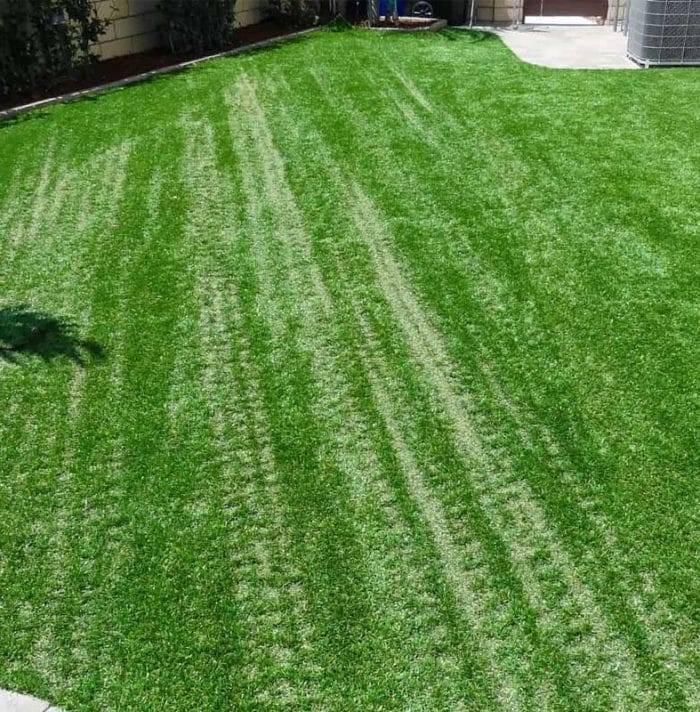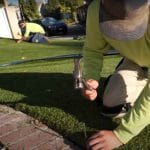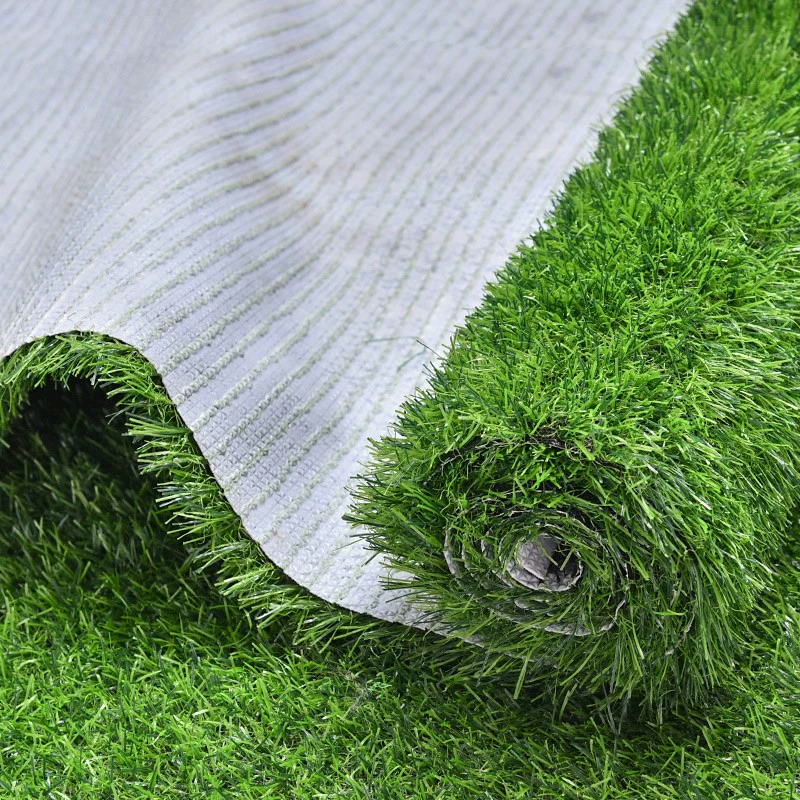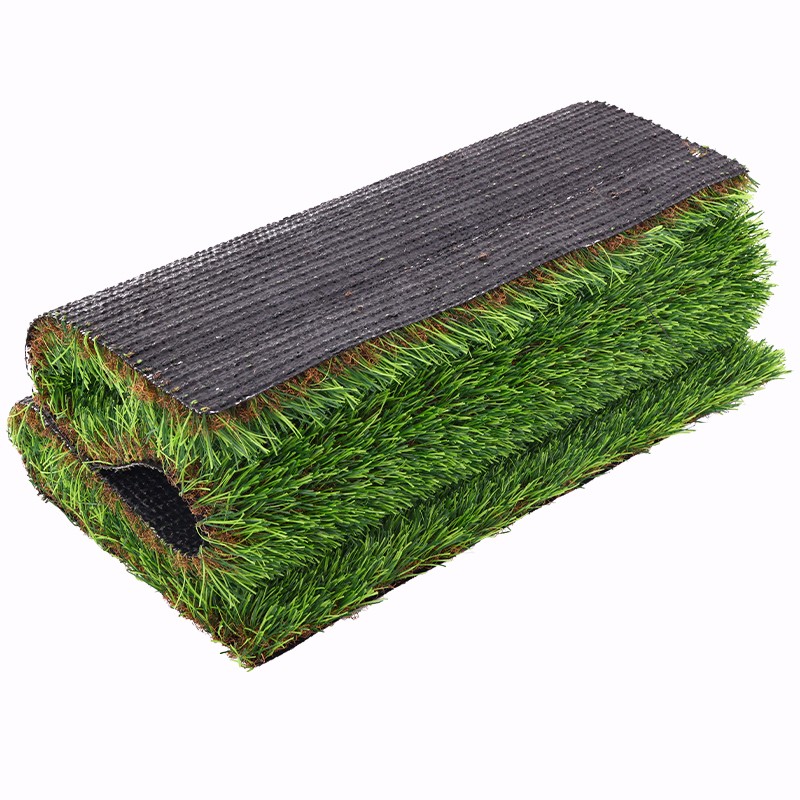Artificial grass has gained popularity as a low-maintenance and aesthetically pleasing alternative to natural grass for various applications. However, some users may encounter the frustrating issue of shedding, where the synthetic grass fibers become loose and end up on surrounding surfaces. In this article, we will delve into the reasons behind artificial grass shedding and offer effective solutions to mitigate or prevent this problem.
Causes of Artificial Grass Shedding:
- Normal Wear and Tear: Continuous foot traffic, exposure to weather elements, and other environmental factors can lead to normal wear and tear of artificial grass over time, causing the fibers to loosen and shed.
- Inferior Quality Materials: The quality of the artificial grass significantly impacts its durability. Inferior materials or subpar manufacturing processes may result in weak bonding between the fibers and backing, leading to shedding.
- Improper Installation: Incorrect installation procedures, such as inadequate securing of edges or improper adhesive usage, can contribute to artificial grass shedding. Following manufacturer guidelines and employing experienced professionals for installation is crucial.
- Inadequate Infill: Proper infill material supports and stabilizes artificial grass fibers. Insufficient or incorrect use of infill can cause fibers to become loose and result in shedding.
- Extreme Weather Conditions: Harsh weather, including extreme heat or freezing temperatures, can impact the stability of artificial grass. Choosing synthetic turf designed to withstand specific climate conditions is essential to prevent shedding.
Addressing and Preventing Shedding:
- Regular Maintenance: Implement a routine maintenance schedule involving brushing and cleaning to remove loose fibers and prevent further shedding. Regular maintenance also preserves the overall appearance of artificial grass.
- Quality Installation: Hire experienced professionals for proper installation, ensuring adherence to manufacturer guidelines. Quality installation practices minimize the risk of shedding and prolong the lifespan of synthetic turf.
- Choose High-Quality Products: Opt for artificial grass from reputable manufacturers utilizing superior materials and advanced manufacturing techniques. Investing in quality products significantly reduces shedding and enhances longevity.
- Proper Infill Usage: Follow manufacturer recommendations for infill usage, ensuring even distribution and appropriate quantity. Adequate infill provides necessary support to fibers, minimizing shedding.
- Climate Considerations: Select artificial grass designed to withstand local weather conditions. Climate-resistant synthetic turf is less prone to degradation or shedding, ensuring long-term durability.
Conclusion:
Understanding the causes of artificial grass shedding and implementing proactive measures are essential for maintaining a visually appealing and long-lasting synthetic turf. By prioritizing quality materials, professional installation, and regular maintenance, homeowners and businesses can enjoy the benefits of artificial grass without the inconvenience of shedding.










